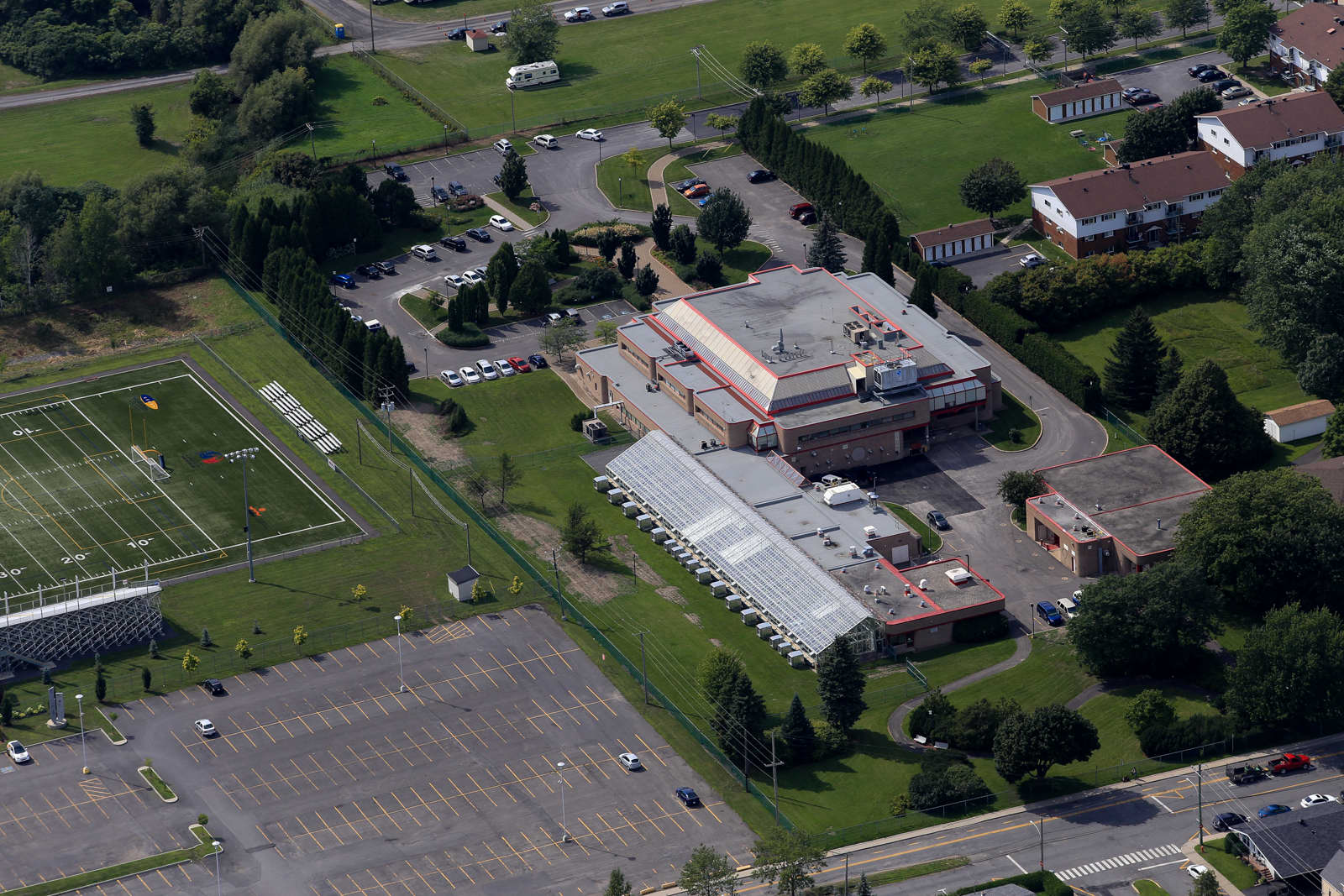Horticulture
Successful solutions
- Effective and sustainable strategies for protecting horticultural crops (vines, strawberries, onions) against Botrytis have been implemented, leading to substantial fungicide savings.
- An effective and sustainable program to protect potatoes from the golden nematode, based on appropriate crop rotation and the selection of resistant varieties, and has been implemented in cooperation with the CFIA.
- The impact and severity of Pseudomonas bacterial diseases for horticultural production were substantially reduced through the use of cover crops, such as mulch.
- In response to herbicide resistance, effective physical methods for fighting weeds in horticultural crops have been developed.
- The development of molecular markers has helped to detect herbicide-resistant weeds.
- A user-friendly software program (CIPRA) was developed to forecast pests, thereby reducing the number of pesticide applications on fruit and vegetable crops. A number of models are available on the web-based AgWeather platform.
- An aerial platform that detects fungi spores has been developed, enabling producers to decide on the ideal moment to implement appropriate phytosanitary treatments.
- Entomology research has reduced by 50% the use of insecticides in vineyards.
- A commercial decision support system has been developed and transferred to determine optimal nitrogen doses (soil, crop, atmosphere for nitrogen [SCAN]).
- Pyrosequencing has been used to detect and quantify genetic mutations associated with fungicide resistance.
- A safe method for treating reusable containers has been developed to prevent the spread of blueberry maggot. The protection provided by this treatment is an important measure for preventing blueberry maggot from spreading to Lac-St-Jean and other non-infested regions of Canada.
- The impact of road corridors and mowing on the production of allergenic pollen has been demonstrated. Double mowing reduces pollen production by a factor of 8.8. Transport Québec has altered its mowing standard as a result. In addition, by reducing the pollen burden, this approach contributes to reduce the weed pressure in crops field along the roads.
- A new tool for detecting bacterial diseases in apples has made it possible to accurately identify the presence of Erwinia (fire blight) or Pseudomonas so that appropriate management decisions can be made to prevent the development of streptomycin resistance. This molecular tool is now being used by MAPAQ’s diagnostic laboratory.
- Collaborative efforts have led to the development of new fertilization grids for tomato, pepper and cucumber crops.
- A new modelling approach to forecasting the quality of apples at harvest and in storage has been developed on the basis of weather data gathered during the growing season before the apples are harvested.

430 Gouin Boulevard
Saint-Jean-sur-Richelieu, QC J3B 3E6
Canada(579) 224-3100